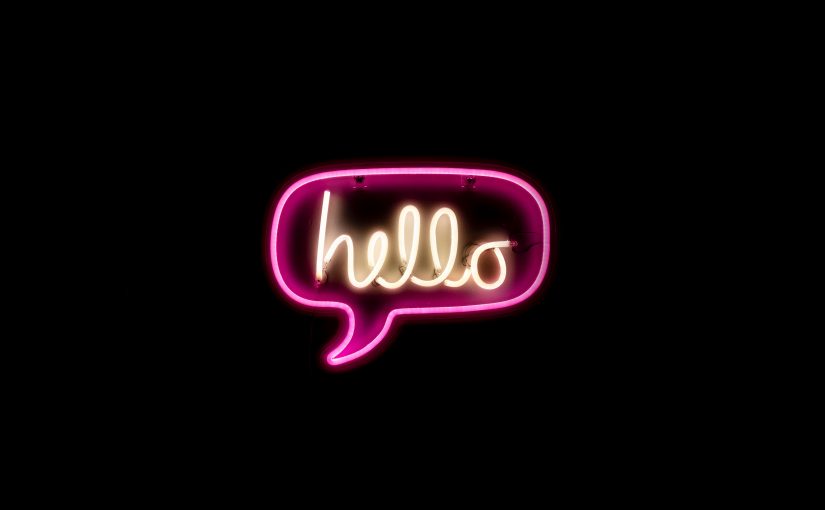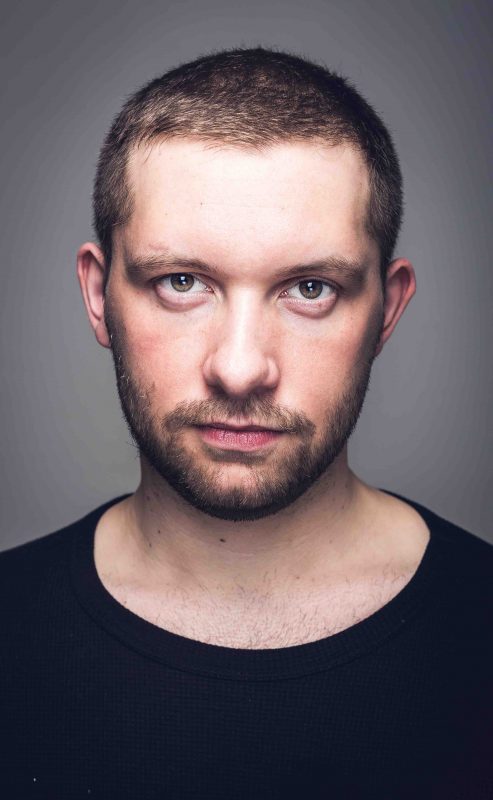Unser #Podcast ist online!
In der ersten Folge “KI trifft Design” redet Mitgründerin Johanna Griebert mit Prof. Dr. Agnes Schipanski und Anna Roth über Künstliche Intelligenz und Design. Fakt ist: Künstliche Intelligenz umgibt uns mittlerweile fast ununterbrochen, sie vereinfacht uns das Leben. Aber ist das nur positiv zu bewerten? Was sollte man kritisch betrachten? Ist Künstliche Intelligenz ein Segen oder Fluch? Hört euch jetzt die erste Folge von unserem YourArtBeat Podcast “DOGMA 2021” an.
Spotify DOGMA 2021 – Folge 1: KI trifft Design
Apple Podcast DOGMA 2021 – Folge 1: KI trifft Design
Informationen zu den Interviewpartnerinnen:
Prof. Dr. Agnes Schipanski
Anna Roth
Skript/Redaktion: Carsten Jan Weichelt
Über YourArtBeat und den neuen Podcast:
Wir sind ein kreatives Netzwerk und haben uns in den letzten Jahren auf die digitale Kunst fokussiert. In unserem Podcast reden wir über Künstliche Intelligenz, Design und setzen ab Folge 2 einen Schwerpunkt auf das Thema Heimat: Wie wird Heimat in verschiedenen Ländern definiert? Wann ist Heimat, Heimat? Was bedeutet es, wenn man seine Heimat zurücklassen möchte oder muss? Auf diese und vielen weitere Fragen gehen wir im Laufe des Podcasts genauer ein, mit interessanten und spannenden Interviewpartner:innen aus dem Kreativ- und Kunstbereich.
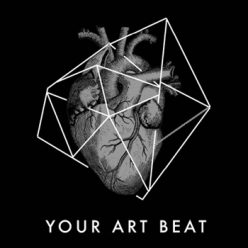
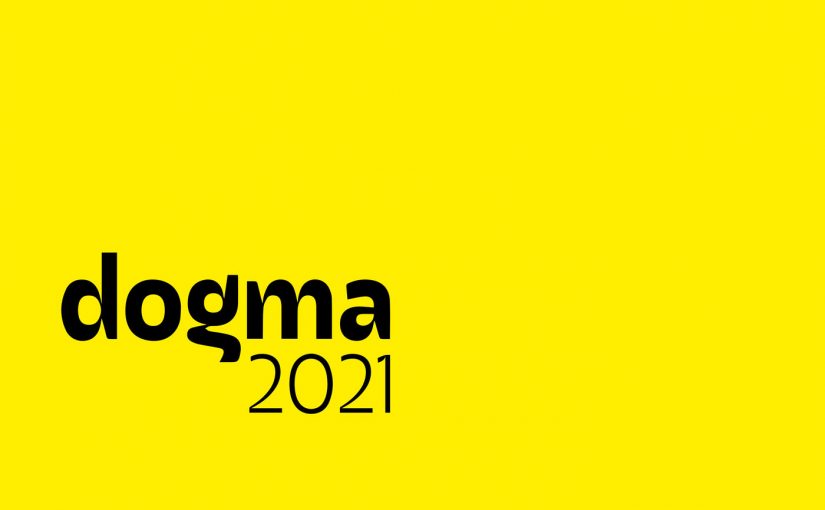
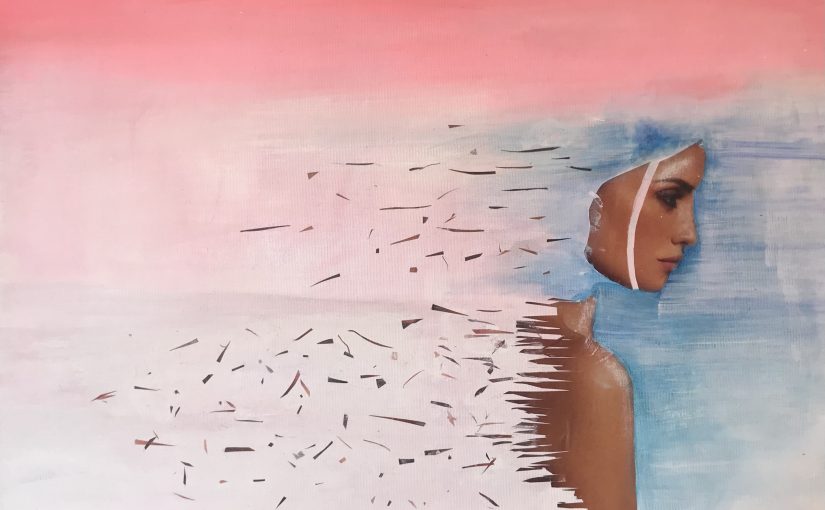
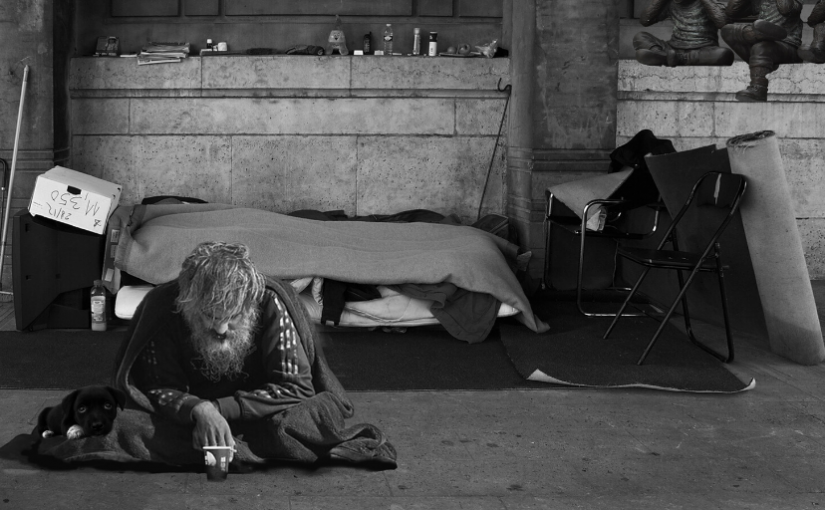
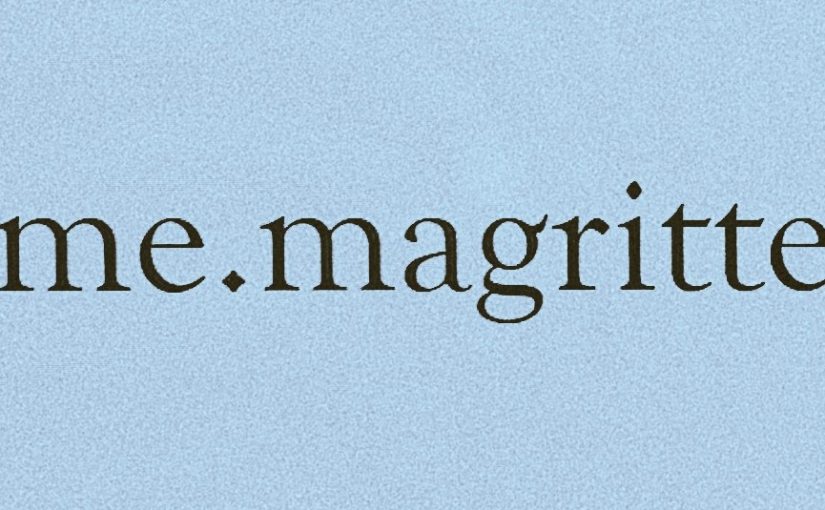
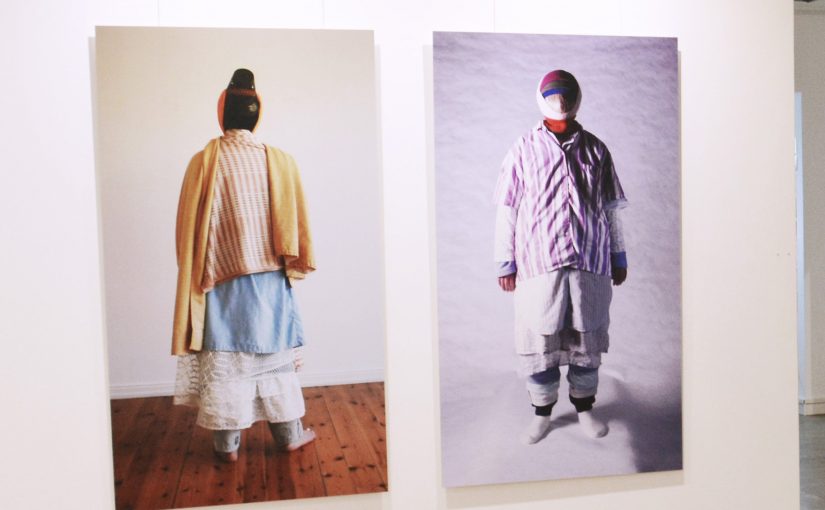
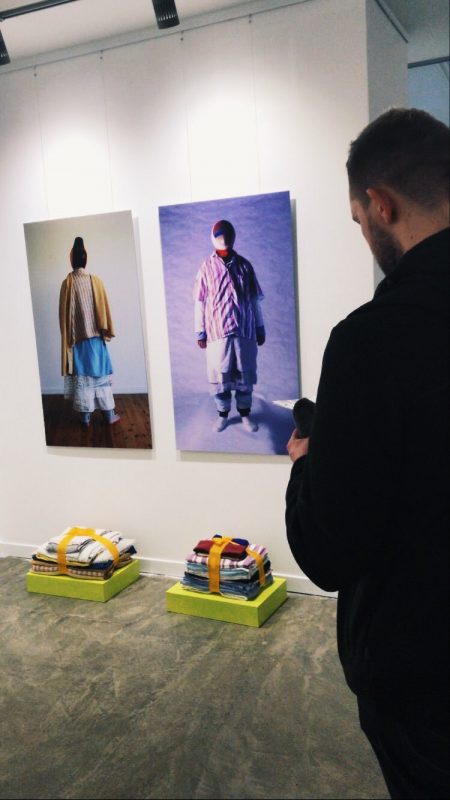 What do I see immediately? Two people wearing different textiles and always several of them. The textiles look like old towels, shirts, tablecloths or window curtains. In both pictures, the faces are covered. In my opinion, this gives the photographs anonymity and something mysterious.
What do I see immediately? Two people wearing different textiles and always several of them. The textiles look like old towels, shirts, tablecloths or window curtains. In both pictures, the faces are covered. In my opinion, this gives the photographs anonymity and something mysterious.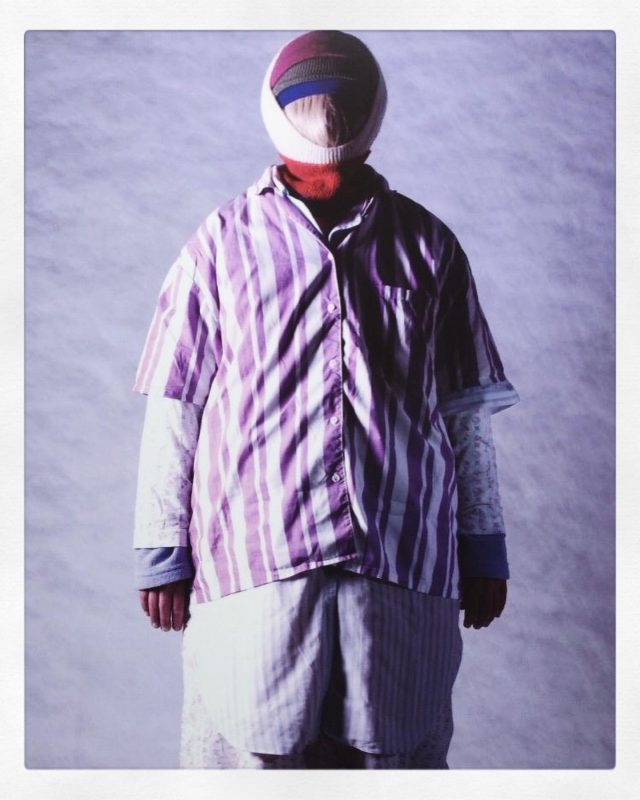 I take a look at the titles of the photographs. They are called “Strangers 1” and “Strangers 2”. The exhibition has the title “transformer” and the gallery manager Eva Hübner tells me that the textiles are garments. Clothes that were once worn by the artist’s mother and grandmother. Several generations are thus connected, quite inconspicuously. Thus the photos express the following for me: Even if some of them are no longer with us, we still carry them with us throughout our lives. They are a part of us.
I take a look at the titles of the photographs. They are called “Strangers 1” and “Strangers 2”. The exhibition has the title “transformer” and the gallery manager Eva Hübner tells me that the textiles are garments. Clothes that were once worn by the artist’s mother and grandmother. Several generations are thus connected, quite inconspicuously. Thus the photos express the following for me: Even if some of them are no longer with us, we still carry them with us throughout our lives. They are a part of us.
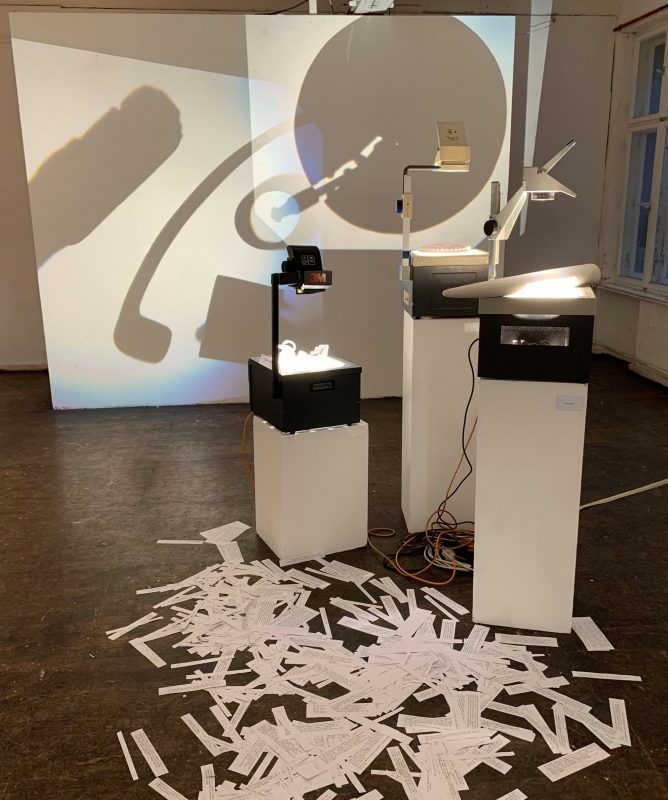 I’m in the house Schwarzenberg visiting the Neurotitan Gallery. First of all, I walk through the first large room to get into another, a little smaller one. In front of me, there are three overhead projectors. On top of them, white objects that at this point I can’t quite make out yet. I walk closer to the installation. Many small pieces of paper are spread on the floor. I stand directly in front of them and realize that different sentences are written on them. Questions, answers, quotations – it reminds me of a dialogue.
I’m in the house Schwarzenberg visiting the Neurotitan Gallery. First of all, I walk through the first large room to get into another, a little smaller one. In front of me, there are three overhead projectors. On top of them, white objects that at this point I can’t quite make out yet. I walk closer to the installation. Many small pieces of paper are spread on the floor. I stand directly in front of them and realize that different sentences are written on them. Questions, answers, quotations – it reminds me of a dialogue.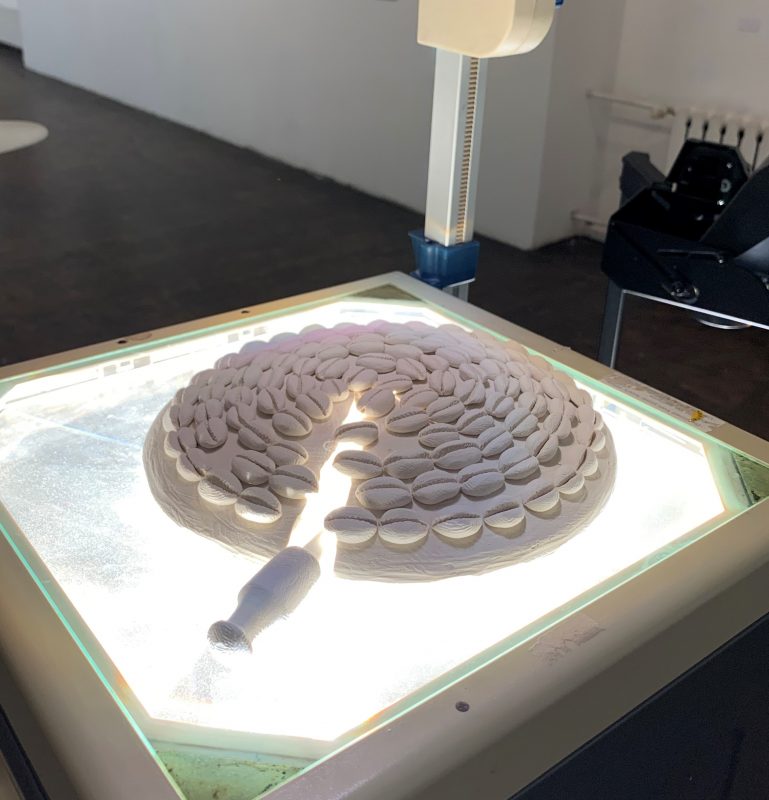
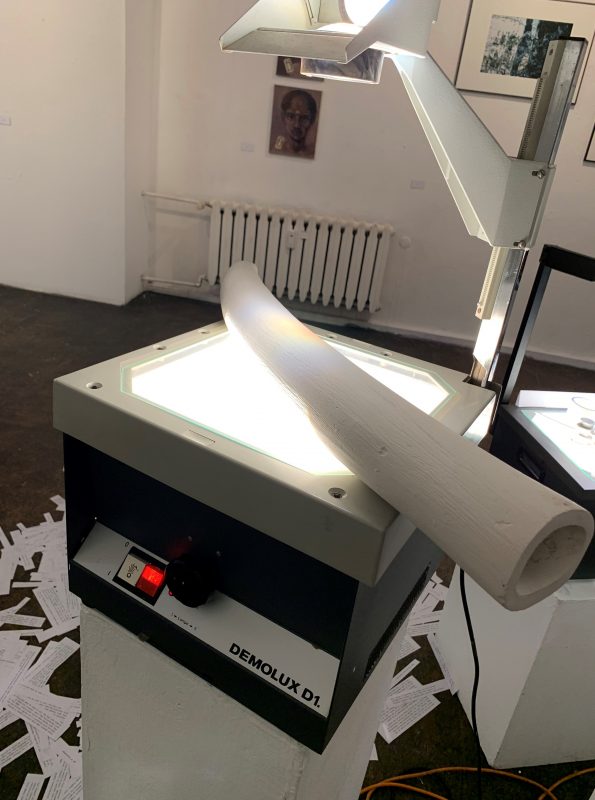 In the performance, the objects are also meant to become actors, a game with perspectives takes place: am I looking at the objects? Are the objects looking at me? Since overhead projectors were used in the Neurotitan Gallery for the first time (normally the objects were always at the eye level of the viewer), I have the feeling of “looking down from above” – which makes me feel more superior.
In the performance, the objects are also meant to become actors, a game with perspectives takes place: am I looking at the objects? Are the objects looking at me? Since overhead projectors were used in the Neurotitan Gallery for the first time (normally the objects were always at the eye level of the viewer), I have the feeling of “looking down from above” – which makes me feel more superior.